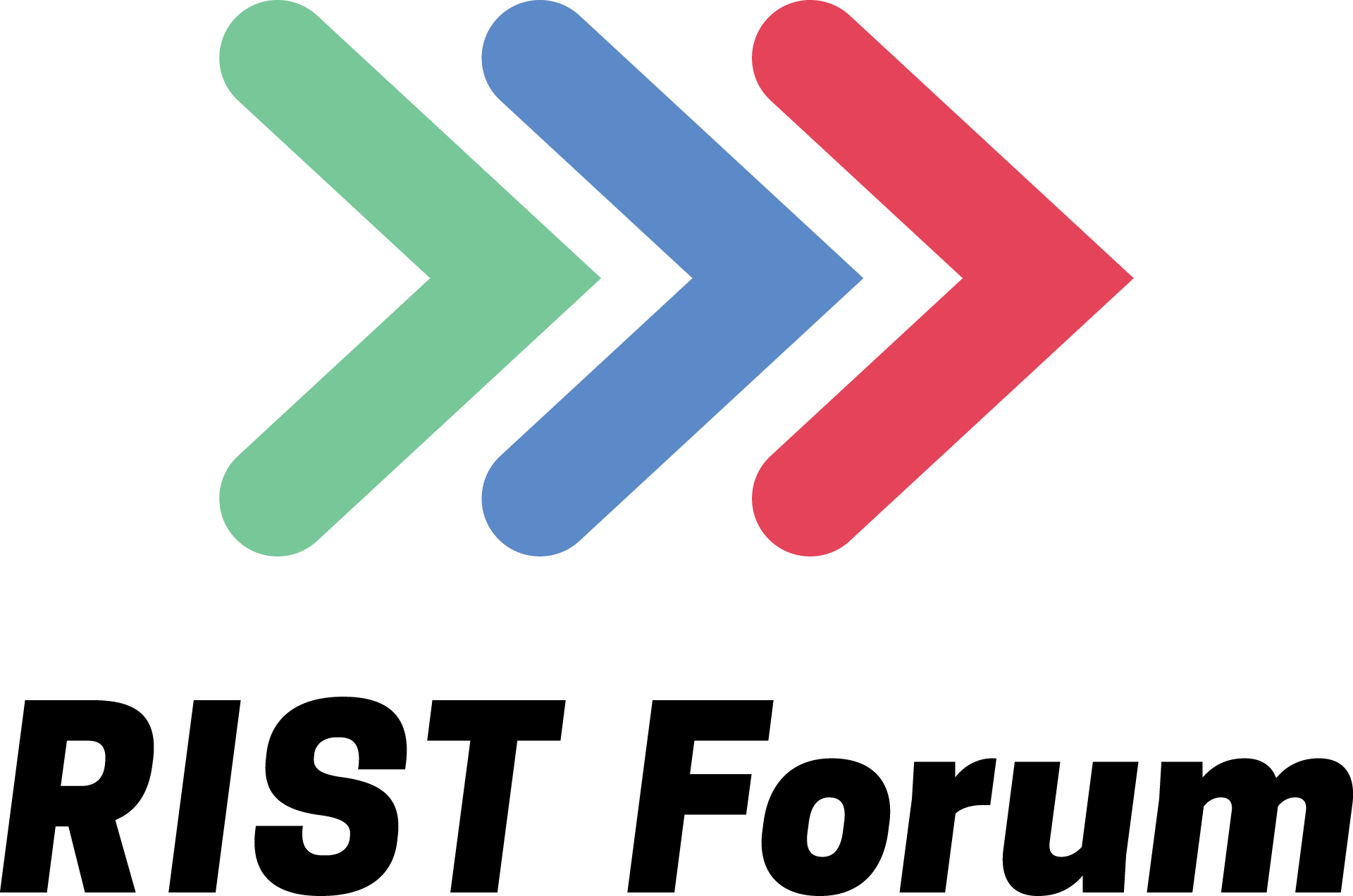RIST in the real world: 3 lessons from the last year
IP contribution and distribution offers clear benefits to users: it is low cost, flexible and quick to set up. The last year has accelerated the already increasing transition to the use of IP within broadcasting. With a sharp increase in real-world deployments of RIST in the last year, what lessons have we learnt?
1. IP distribution and cloud-working work well together
Beyond the obvious benefits of cost savings and flexibility, adopting IP has brought workflow benefits to organisation. Many media businesses have shifted their post-production and playout platforms to the cloud; editing and production can be done remotely with the added benefit of the feed already being in the correct format due to its transportation over IP. Confidence has grown in remote working and IP distribution now that people have seen that the technology is more than capable. Issues around latency and packet loss have been addressed by the industry, with transport protocols now available to ensure safe passage of content to consumers.
2. Choosing the right protocol is key
All broadcasters and rights providers want to guarantee a seamless and high-quality service for their customers. Historically, IP developed a reputation for being slow and glitchy. In recent years, transporting content over IP has been overhauled, with protocols playing an important part in a robust network. However, choosing the right protocol is critical in ensuring a smooth broadcast whilst managing cost efficiencies. Proprietary protocols are often good, however, they can become incredibly expensive – paying by GB can result in the protocol costing more than the connectivity. SRT is another popular choice, and it is a strong option in terms of interoperability. However, its high technical debt makes it much harder for users to add features or debug any problems.
RIST focuses on offering a protocol with low technical debt, allowing edits to be made simply and cleanly. A common industry specification for the RIST protocol has been created to allow manufacturers to adopt the technology within their products.
3. Interoperability is a priority
Interoperability was the obvious concern for many years; we knew that IP technology had potential in content transport, but we needed to ensure that the larger infrastructure would transport content seamlessly between vendors and distributors. Protocols such as RIST have been crucial in delivering standards for manufacturers to adhere to across the board. We can now see that we are most definitely reaping the benefits; content is being sent over IP with minimal transportation issues.
Read the full article, including case studies, at TVB Europe now.
